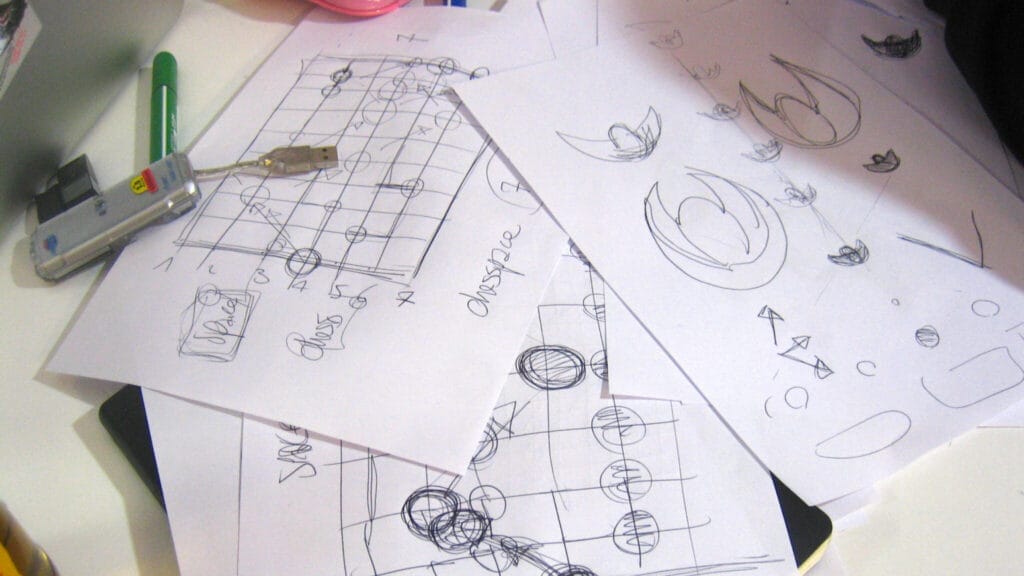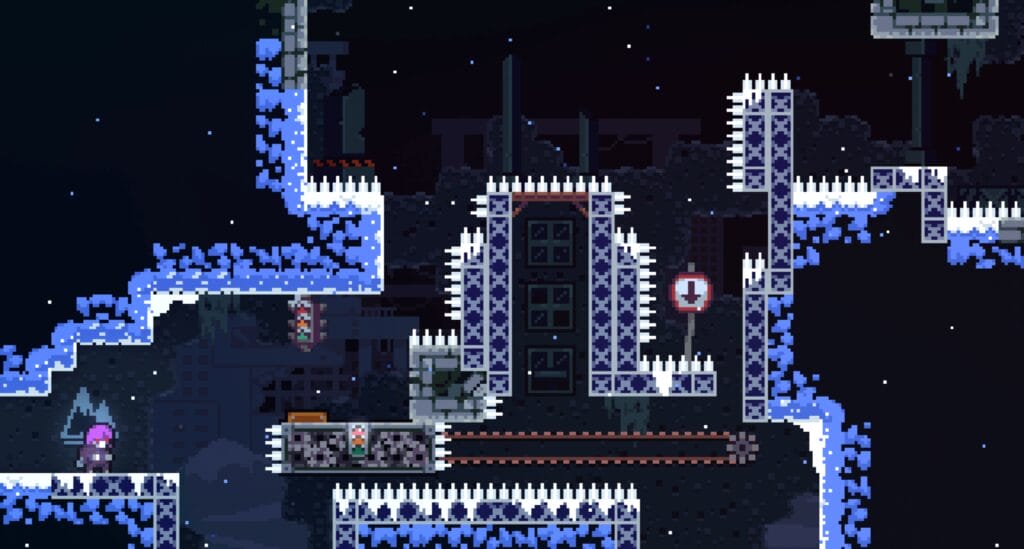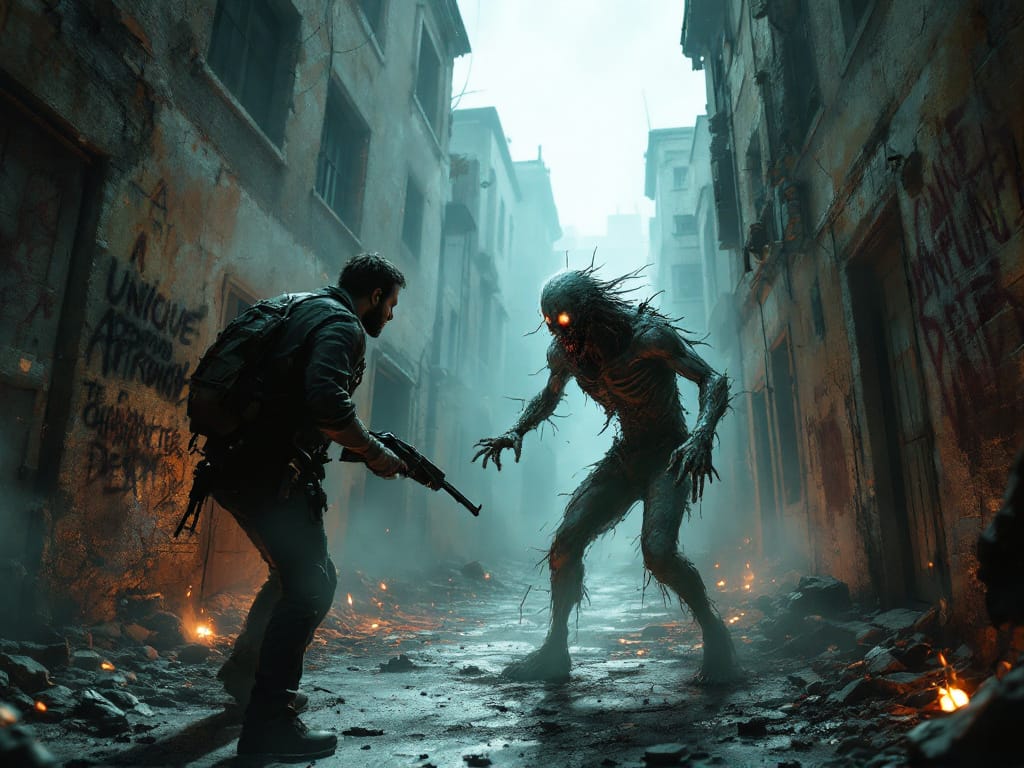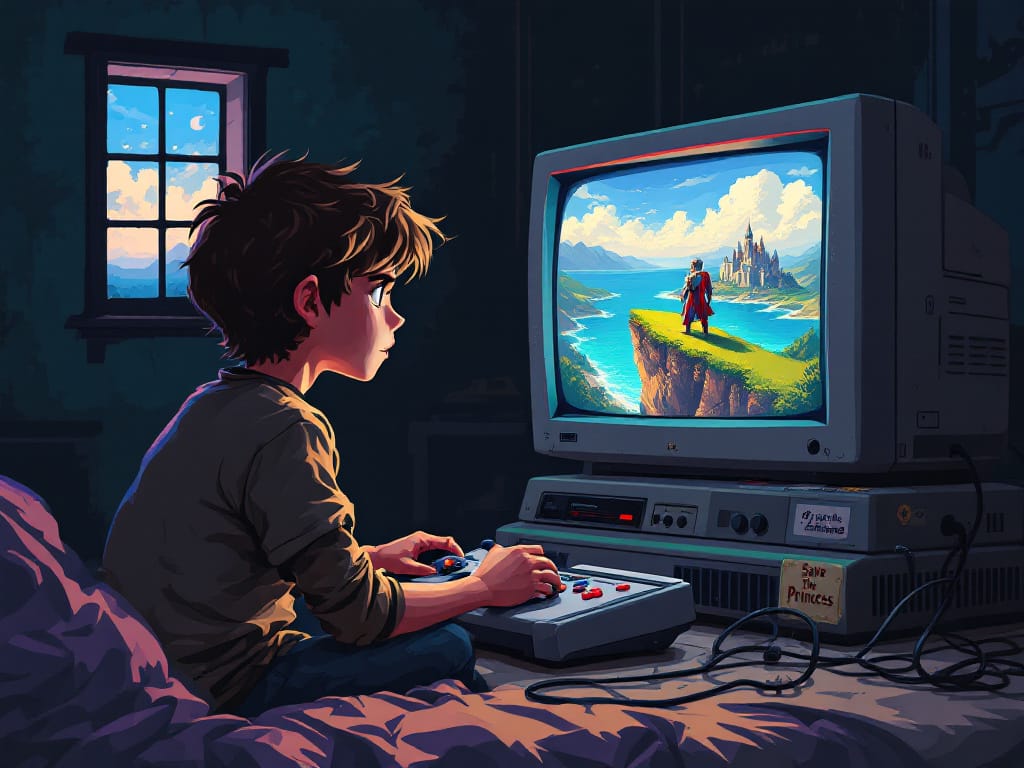Want to learn to design video games? You are at the right place.
Video games have become an increasingly popular form of entertainment, with millions of people around the world spending countless hours immersed in virtual worlds. Behind every successful video game is a team of skilled game designers who bring their creative ideas to life. If you’ve ever dreamed of designing your own video game, then you’re in luck. With the growth of the gaming industry, there has never been a better time to pursue a career in game design.
In this article, we will explore the ins and outs of video game design and provide you with the information you need to kickstart your journey in this exciting field. We’ll start by discussing the importance of designing games that are fun and engaging, as well as the various ways in which you can become a game designer.
From there, we’ll dive into the crucial topic of building a strong portfolio that showcases your skills and sets you apart from other aspiring game designers. Finally, we’ll examine job opportunities in the game design industry and offer tips on how to find and land your dream game design job. By the end of this article, you’ll have a solid understanding of what it takes to become a successful game designer and be well on your way to achieving your career goals in this dynamic field.

Learn to Design Video Games
Learn to Design Video Games
I. Introduction
Video games have become an integral part of our lives, providing entertainment and engaging experiences for people of all ages. Video game design is the process of creating these interactive games, which involves multiple disciplines such as programming, art, music, and storytelling.
The goal of video game design is to create a fun and engaging experience for players. A game that is enjoyable to play will keep players engaged for longer periods of time, leading to repeat play and positive word-of-mouth promotion. A fun game can also generate revenue for the game developer through sales, in-game purchases, and advertising.
The importance of creating a fun game cannot be overstated. In a market that is saturated with video games, a game that fails to entertain will quickly be forgotten. Successful game developers understand that fun should be the top priority during the game design process. A game that is too difficult, too easy, or simply boring will not hold a player’s attention for long.
To create a fun game, designers must carefully consider the target audience, game mechanics, level design, story, and aesthetic. These elements must work together seamlessly to create an immersive and enjoyable experience. Video game design is both an art and a science, requiring a balance of creativity and technical knowledge.
In the following sections, we will explore the various aspects of video game design and the principles that guide successful game development. From brainstorming ideas to refining game mechanics, we will provide insights and tips for aspiring game developers to create fun and engaging games.

II. How to Become a Game Designer
Video game design is a rapidly growing field that requires creativity, technical skills, and an understanding of the gaming industry. As a game designer, you are responsible for creating the concept, story, characters, and gameplay mechanics that make a game enjoyable and engaging. If you are interested in becoming a game designer, there are several paths you can take.
- Importance of Designing Games
Designing games requires a combination of artistic and technical skills. A game designer must be able to come up with creative ideas for games and be able to translate those ideas into a playable format. Additionally, game designers need to have a good understanding of game mechanics, storytelling, and player psychology to create games that are engaging and challenging.
- Available Tutorials and Guides for Beginners
If you are just starting out as a game designer, there are plenty of resources available to help you learn the basics. Online tutorials, YouTube videos, and forums dedicated to game design can provide you with a wealth of information. There are also game engines such as Unity and Unreal Engine that provide free tutorials and tools for beginners.
- Formal Education Options (Online and College Programs)
Many colleges and universities offer game design programs that can help you develop the necessary skills to become a game designer. These programs often cover topics such as game mechanics, level design, storytelling, and programming. Additionally, there are online game design courses and programs that can be completed remotely. It is important to research different programs to find one that fits your needs and interests.
III. Building Your Portfolio
Having a strong portfolio is essential for anyone looking to become a game designer. A portfolio is a collection of your best work, showcasing your skills and abilities to potential employers or clients. A well-crafted portfolio can set you apart from other candidates and increase your chances of landing a job in the game design industry.
- Importance of having a portfolio A portfolio serves as evidence of your creativity, technical abilities, and design skills. It demonstrates your proficiency in using various tools and technologies, such as programming languages, game engines, and graphic design software. Having a portfolio also shows that you are passionate about game design and willing to put in the effort to hone your skills.
- Tips for creating a portfolio that stands out
- Focus on quality over quantity: It’s better to have a few excellent pieces in your portfolio than a large number of mediocre ones. Choose your best work that showcases your skills and style.
- Include a variety of projects: While it’s important to have a specialty, such as programming or art, it’s also essential to have experience in other areas of game design. Include projects that showcase your skills in different areas, such as game mechanics, level design, character design, and animation.
- Show the development process: Including sketches, storyboards, and other early-stage work in your portfolio can help showcase your creative process and give potential employers an idea of how you approach game design challenges.
- Keep it organized: Make sure your portfolio is easy to navigate and visually appealing. Use clear headings and labels, and ensure that your work is presented in a clean and professional manner.
- Get feedback: Before finalizing your portfolio, get feedback from peers or professionals in the game design industry. They can provide constructive criticism and help you identify areas for improvement.
IV. Finding Game Design Jobs
The game design industry is constantly growing, and there are many job opportunities available for aspiring game designers. Some of the most common job roles in the game design industry include game designer, level designer, narrative designer, game artist, and game programmer.
To find job opportunities in the game design industry, there are several strategies you can use. First, you can search for job openings on popular job search websites like Indeed, Glassdoor, and LinkedIn. You can also visit the websites of major game design companies and look for job openings there.
Networking is also an important strategy for finding game design jobs. Attend game design conferences and events, join online game design communities, and connect with professionals in the industry on LinkedIn. Building relationships with people in the industry can help you learn about job opportunities before they are publicly advertised.
V. Conclusion – Learn to Design Video Games
Becoming a game designer takes time, dedication, and hard work, but it can be a rewarding career path for those who are passionate about video games. To become a successful game designer, it’s important to focus on developing your skills and building a strong portfolio that showcases your work.
With the right training, experience, and networking, you can find job opportunities in the game design industry and bring your creative ideas to life. Remember, the most important thing is to never give up on your dream of becoming a game designer.
Stay tune to our blog for more content on this serie.


















